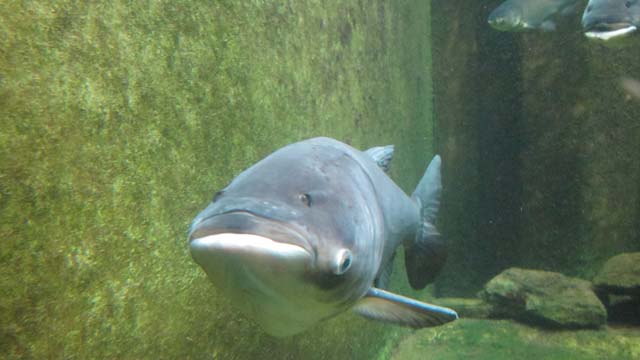On Interstate 80/90 in Ohio there is a small, unassuming sign that indicates you have crossed the line that divides the Great Lakes basin and the Mississippi River basin.
Keeping these two watersheds separate is important for the health of both water systems, but that dividing line is not stopping water and fish from moving between the basins.
The Great Lakes Mississippi River Interbasin Study (GLMRIS) indicates that a water exchange between basins (hydrological risk) could occur through wetlands, ancient portage routes, rivers and streams during high water events or floods. This could allow non-native organisms, known as Aquatic Nuisance Species (ANS) to displace native species and degrade native habitats.
View Larger Map. This map is based on the GLMRIS Other Pathways Preliminary Risk Characterization which was completed in 2010. Updated H&H ratings and biological assessments will be presented in the Other Aquatic Pathways Risk Characterization Report expected for release in spring 2012.
This study by the U.S. Army Corps of Engineers in consultation with federal, state and local governments, Native American tribes, and non-governmental organizations has identified two focus areas, the Chicago Area Waterway System, and potential pathway locations along the Great Lakes/Mississippi River divide.
